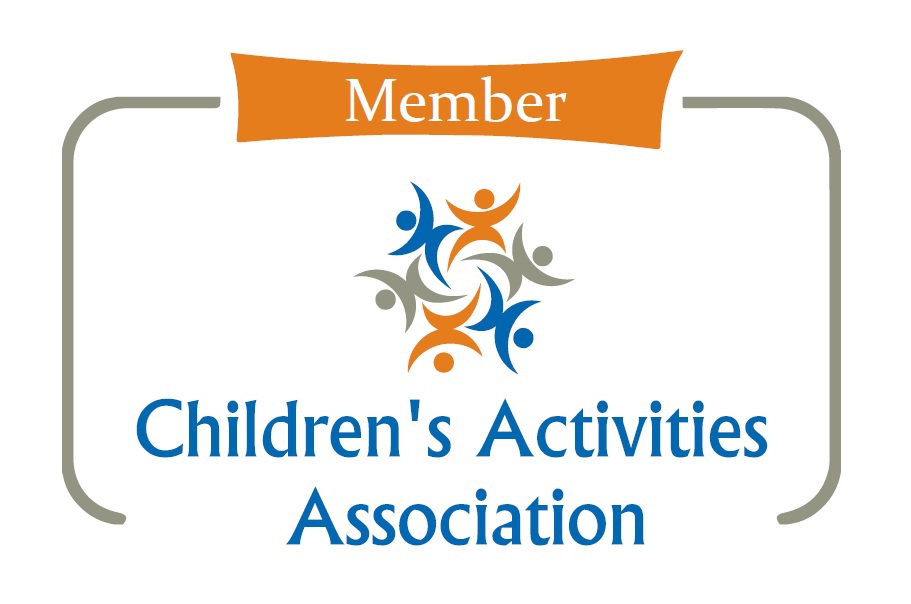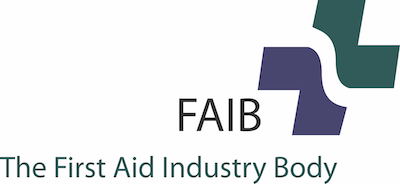It's National Breast Feeding Week. For those who choose to breast feed, cluster feeding can take a breastfeeding mum to the edge. Our very own Mini First Aid trainer, ex-midwife and mum Sarah-Lou Armstrong is sharing all of her experience with us in this weeks special blog.
Before you have your baby you may have never heard of cluster feeding; in fact, you’re more likely to hear that baby should only feed every 2-3 hours. Then, you have your baby and (usually around the second night) suddenly all they want to do is breastfeed. The second you take them away from your breast they start rooting around for more; they may even become furious with you for simply thinking about trying to put them down or hand them to someone else. This goes on for hours and you wonder what on Earth is wrong and how you’re ever going to sleep again. Sound familiar? Chances are you’re experiencing cluster feeding (aka totally normal newborn behaviour).
What is cluster feeding?
Cluster feeding is the one thing I wish I’d known more about before having a baby; I knew that newborns needed feeding very frequently, but I certainly didn’t imagine having my baby attached to my breast from 7pm-12am every single night. Cluster feeding refers to a baby wanting to feed more frequently, usually at a similar time each day; frequently, this will be during the evening, although it does vary from baby to baby. Quite often cluster feeding will coincide with your baby being more unsettled than normal; they may be fussy at the breast and become upset more easily, sometimes leading Mums to think that they may not have enough milk for their baby. However, as long as baby continues to have plenty of wet and dirty nappies and is gaining weight well, cluster feeding is completely normal infant behaviour and is not an indication of a supply problem; in fact, cluster feeding helps to increase your milk supply and meet the increasing needs of your baby.
“Evening especially is often a time of ‘nursing marathons’, when nothing but another time at the breast seems to work.”
The Womanly Art of Breastfeeding
Do all babies cluster feed?
Most Mums will find that their baby cluster feeds at some point, especially during the first few months. Both breast and bottle fed babies cluster feed (although not all do!) and you may find that your baby stops cluster feeding but then starts again when they are going through a growth spurt or developmental leap – my little one will still occasionally cluster feed now at 20 months old (although her feeds are much quicker than when she was a newborn!). Even if your baby doesn’t want to be at the breast to actively feed, chances are they’re going to want to be there just to feel safe. After spending all of their life to date in your warm, comfortable, dimly-lit womb, where they can constantly hear your heartbeat, being snuggled into your breast is now the safest place they know in this bright, loud and uncomfortable world. This is all part of the Fourth Trimester (you can find a great article explaining the fourth trimester here) as your baby adjusts to the world around them. You may find that after your baby has finished actively feeding, they stay at your breast sucking infrequently or whilst asleep; if you try and move them away, they’ll probably want to be straight back at the breast again!
Some Mums find cluster feeding a breeze, however, others find it challenging and restrictive, and that’s ok (contrary to popular belief, you don’t have to enjoy every minute of parenting!). For me, cluster feeding really did feel like an act of survival; in fact, it was the reason I said “I’m giving up” daily for the first month or two. Hormonal fluctuations during the early evening hours, when cluster feeding is common for babies, can have an impact on your emotions and may make cluster feeding even more of a challenge. So, here are 5 things that helped me through the endless hours of feeding in the hope that they’ll help you too!
5 ways to make cluster feeding more manageable:
1. Build a nest:
Set yourself up with a comfortable space that has everything you need. The sofa or bed is a great place! Have plenty of cushions to support you, a large water bottle to hand (there’s no thirst like breastfeeding thirst), snacks, remote, phone, chargers or a good book – whatever you enjoy! Many Mums find having a TV boxset that they can binge-watch useful, but the most important thing is having a comfortable space with everything you need to hand.
2. Plan meal times around cluster feeding:
If you know your baby regularly cluster feeds from a certain time each night, try and have a meal beforehand or plan meals that are easy to eat with one hand (it’s a skill you’ll soon master). Babies seem to have a knack of wanting to be fed the second you pick up your knife and fork to eat a meal! Ask your other half to cut up your food for you so that it’s more manageable to eat whilst feeding, oh and don’t feel guilty if you drop crumbs on your baby – we’ve all done it! Just avoid eating hot or sloppy food while feeding them.
3. Use a sling:
Many Mums find it easier to settle their newborn in a sling; it frees up both hands, means you can get some fresh air if needed, and is very comforting for baby. If baby is being fussy at the breast, calming them in a sling before putting them back to the breast may help them latch effectively. Slings don’t have to be expensive either, however, there are a lot of different slings out there which can make choosing the right one overwhelming - finding your local sling library and popping along to one of their sessions so that you can try out a range of different slings to see which one works best for you and baby can make the decision easier.
4. Have something to look forward to:
This was a big one for me. Have a treat lined up (chocolate is always a good one!) and plan to have it at a specific time or after a certain amount of time cluster feeding. This gives you something else to focus on and look forward to and can help spur you along. It could even be that after a certain time you pass baby to your other half so that they can put them in the sling for 10 minutes while you have a warm shower or just 10 minutes to yourself; if your baby is too unsettled to do this whilst they’re wanting to cluster feed, this is a great idea for Dads to do at other times of day if you feel you need a break, and it is also a great way for Dads to bond with their baby.
Lastly, (I saved the most important until last…)
5. Acceptance:
Cluster feeding is completely normal. It can be exhausting and feel restrictive, but it will pass and it’s a great way for baby to increase your milk supply to meet their increasing needs. Accepting that the next few hours will be all about you and baby, snuggled together in your breastfeeding nest can be really freeing. That doesn’t mean you have to enjoy every moment of it (heck, I hated cluster feeding with a passion) but it does help you to switch off from everything else. It’s always good to remember that this won’t last forever, too. Your baby won’t cluster feed forever and you will eventually be able to plan something other than being sat on the sofa on an evening; probably much sooner than you expect.
Until that time comes, just take it one feed at a time and remember you’re not alone. Cluster feeding is a great chance to reach out to other Mums via text, social media, email – whatever works for you. You can guarantee there’ll be another Mum sat feeding her baby for the billionth time too. You’ve got this.







